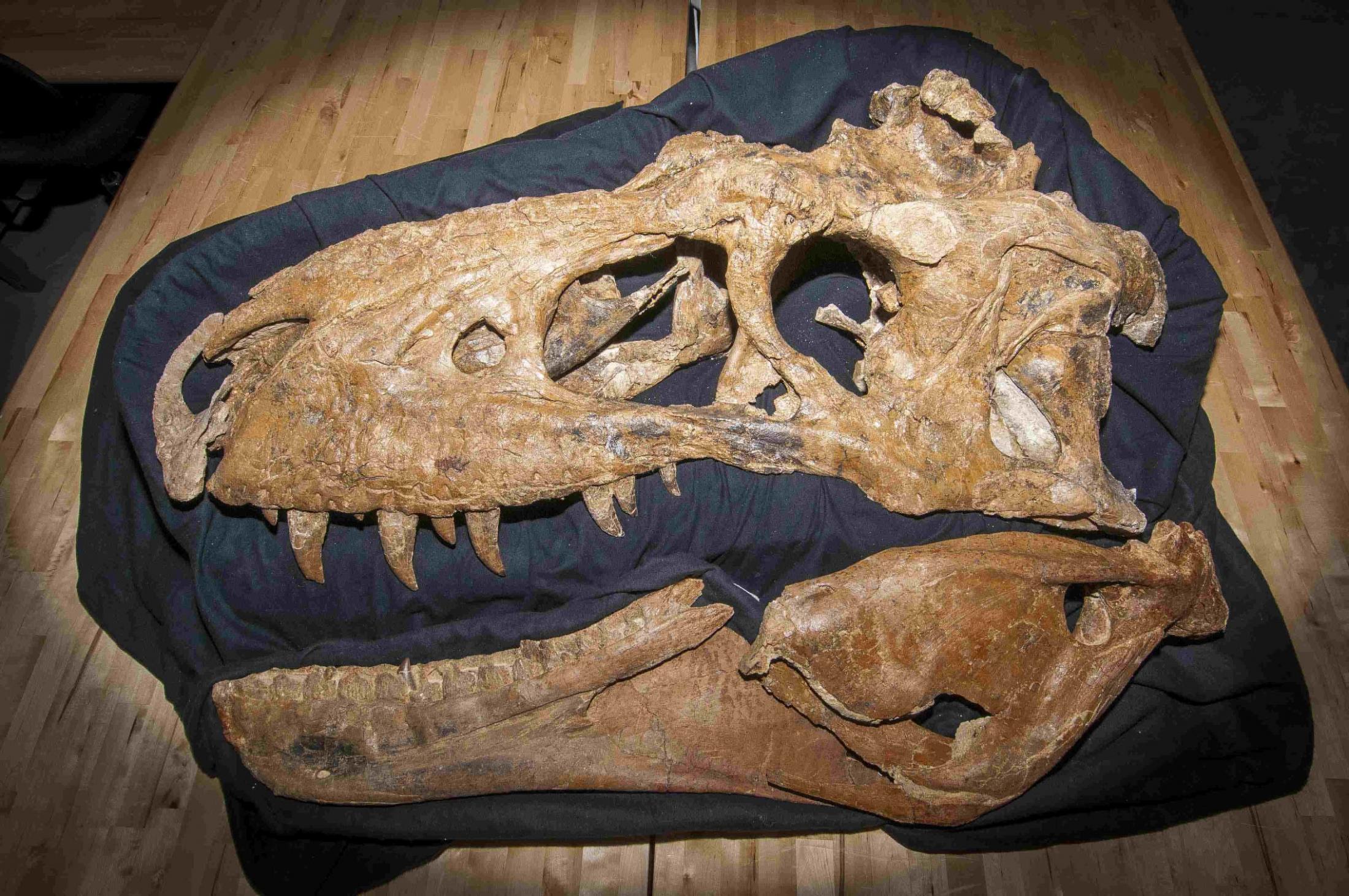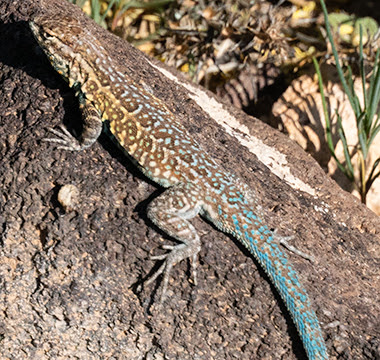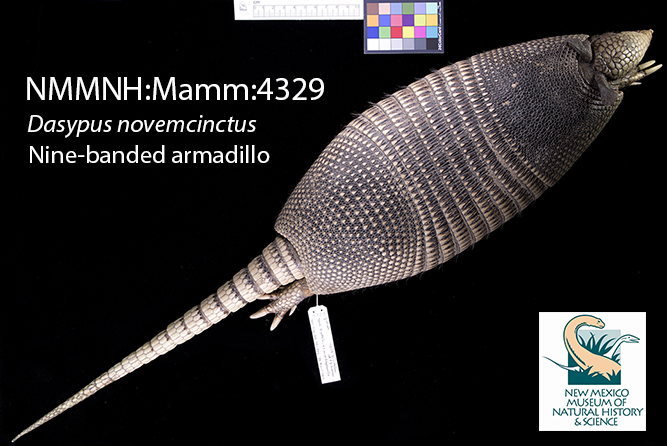You are here
Search the Collections
Behind the scenes, natural history museums hold vast collections that are the key to earth’s biodiversity, past, present, and future. Datasets describing these collections are curated by collections staff and used worldwide for research. The New Mexico Museum of Natural History and Science (NMMNHS) Research Collections Database includes over 110,000 records documenting fossils and biological specimens held by the museum.
Use the links below to search all NMMNHS collections, or one collection at a time. Our data is rich and complex! This means the search options may seem overwhelming. Start simple. Find everything at the museum collected in the county in which you live or figure out how many “roadrunners” (Geococcyx) the museum has in its collection. Look for the museum’s “Bisti Beast” fossils and find out which one is on exhibit and has a 3D video attached.
Before visiting for the first time, you may want to explore some resources linked below for using the database:
Learn Arctos and take Quick Tours: https://arctosdb.org/learn
Arctos as an Ecosystem: https://arctosdb.org/about/details/ecosystem
This webinar discusses how to search the database: www.youtube.com/watch?v=trUpCKlEqQA&feature=youtu.be
To help you get started, watch this Arctos tutorial video created by our Collections Department:
|
Search All NMMNH&S Collections |
Search NMMNH&S Amphibians and Reptiles |
|
Search NMMNH&S Birds |

The New Mexico Museum of Natural History and Science paleontology collection contains approximately 80,000 cataloged Items. The strengths of the collection include the fauna and flora of the Kinney Brick Pennsylvanian Lagerstätten, Permian trackways and traces, Triassic reptiles and amphibians, Late Cretaceous invertebrates and reptiles, Paleocene mammals and reptiles, and Neogene mammals. |
|
Search NMMNH&S Insects |
Search NMMNH&S Mammals |
|
Search NMMNH&S Non-Insect Invertebrates |
Search NMMNH&S Plants |
|
Search NMMNH&S Minerals and Rocks The New Mexico Museum of Natural History and Science mineral and rock collection contains over 3,000 specimens both from New Mexico and representative mineral species from around the world. |
Arctos is managed by a consortium of museums and organizations that collaborate to serve data from natural and cultural history collections. Not only does it provide research-grade data to scientists, it also makes those data and digital media accessible to the general public.










